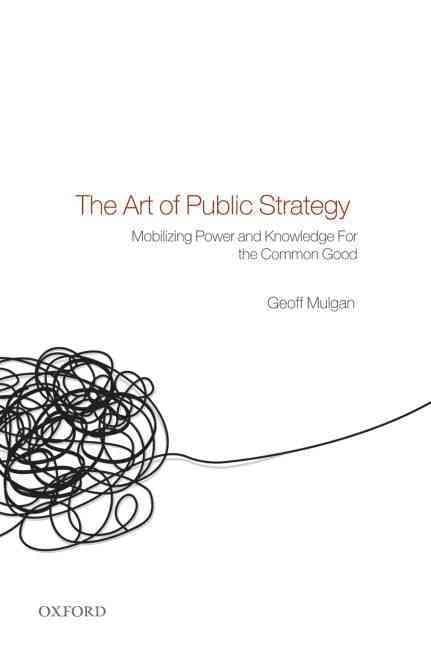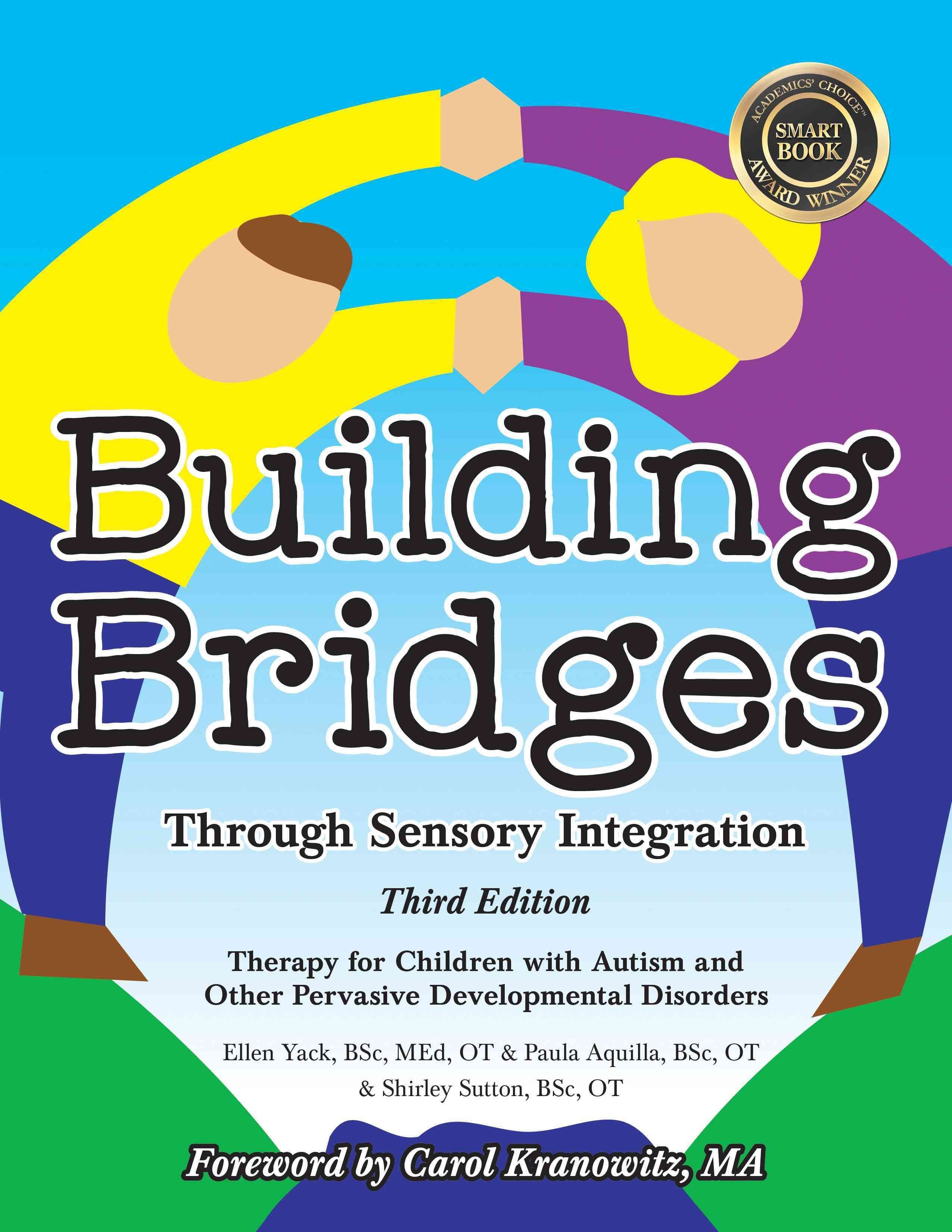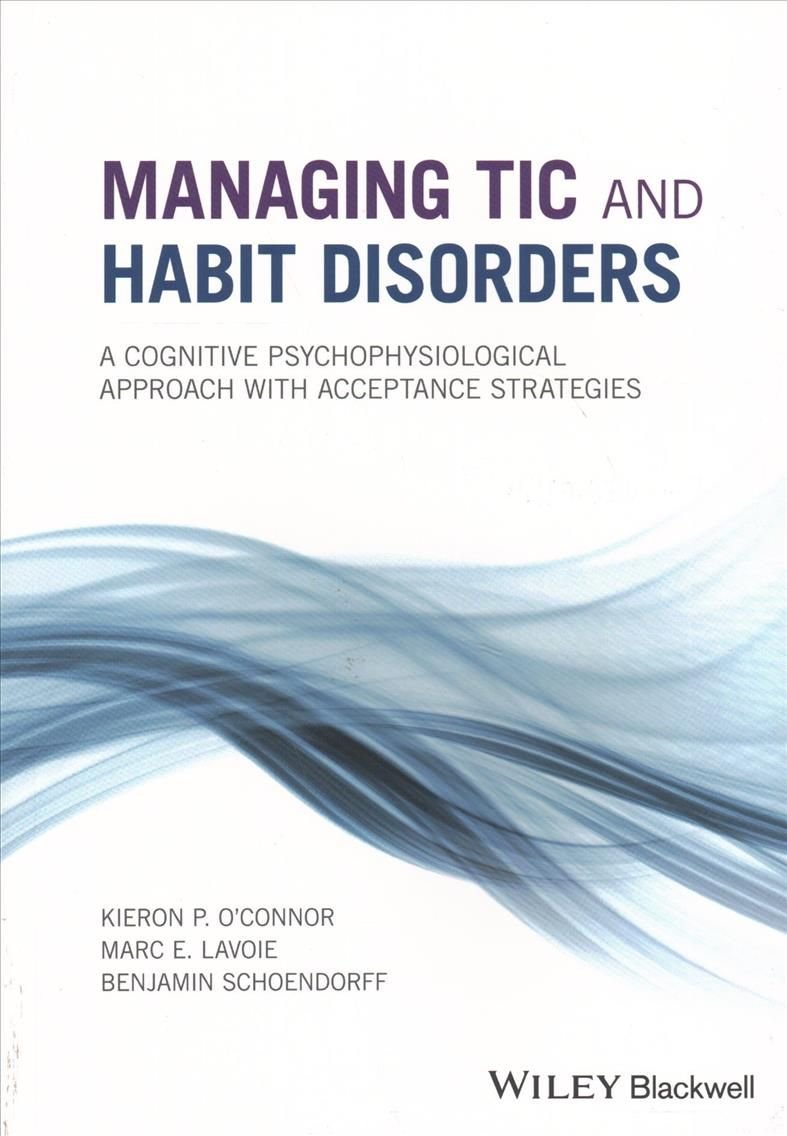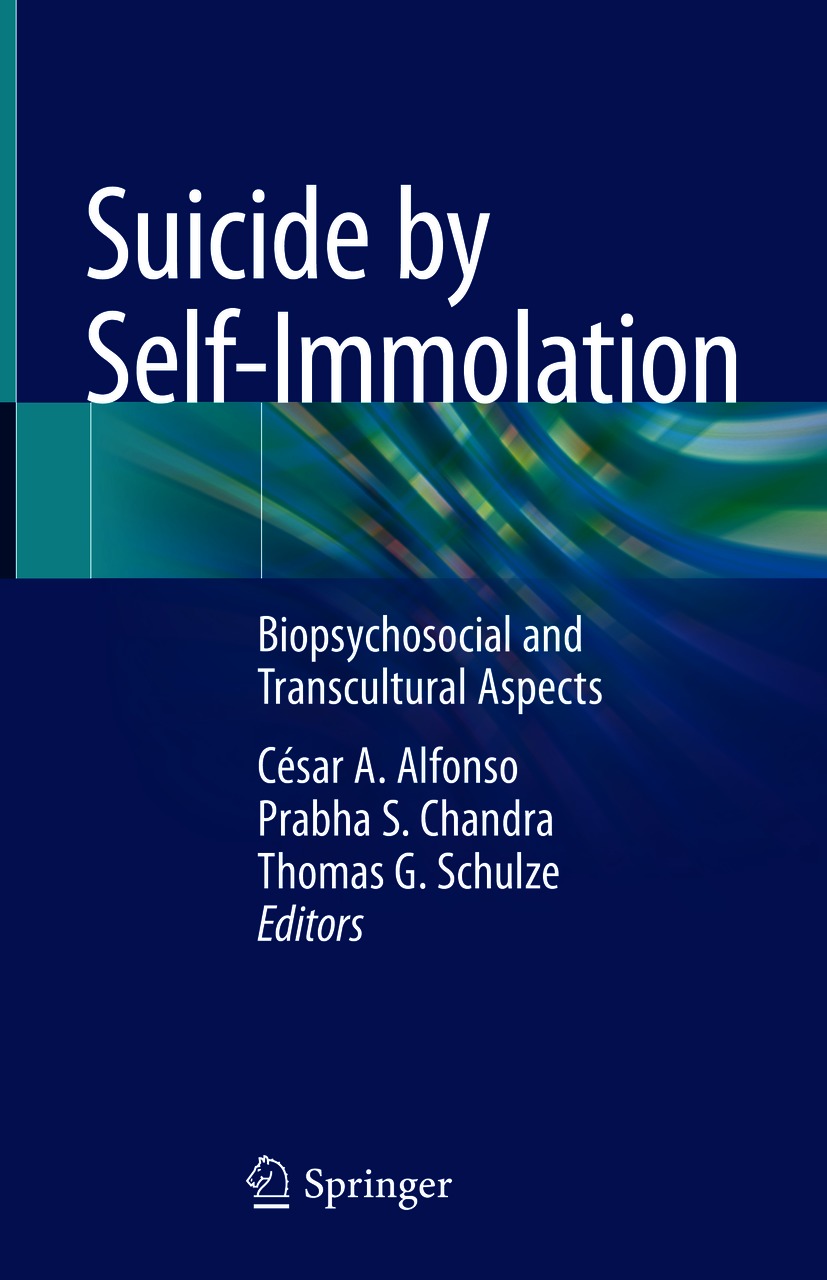Translating and interpreting in crises is emotionally and cognitively demanding, with crisis communication in intercultural and multilingual disaster settings relying on a multitude of cross-cultural mediators and ever-emerging new technologies. This volume explores the challenges and demands involved in translating crises and the ways in which people, technologies and organisations look for effective, impactful solutions to the communicative problems. Problematising the major issues, but also providing solutions and recommendations, chapters reflect on and evaluate the role of translation and interpreting in crisis settings. Covering a diverse range of situations from across the globe, such as health emergencies, severe weather events, earthquakes, terrorist attacks, conflicts, and mass migration, this volume analyses practices and investigates the effectiveness of current approaches and communication strategies. The book considers perspectives, from interpreting specialists, educators, emergency doctors, healthcare professionals, psychologists, and members of key NGOs, to reflect the complex and multifaceted nature of crisis communication. Placing an emphasis on lessons learnt and innovative solutions, Translating Crises points the way towards more effective multilingual emergency communication in future crises.












